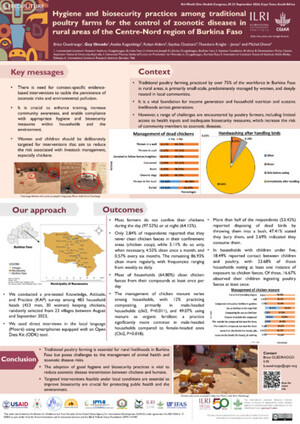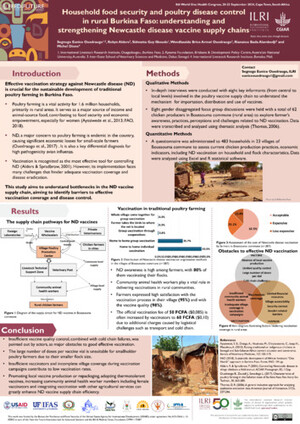
Volunteer based approach to dog vaccination campaigns to eliminate human rabies: Lessons from Laikipia County, Kenya
Abstract
Background An estimated 59,000 people die from rabies annually, with 99% of those deaths attributable to bites from domestic dogs (Canis lupus familiaris). This preventable Neglected Tropical Disease has a large impact across continental Africa, especially for rural populations living in close contact with livestock and wildlife. Mass vaccinations of domestic dogs are effective at eliminating rabies but require large amounts of resources, planning, and political will to implement. Grassroots campaigns provide an alternative method to successful implementation of rabies control but remain understudied in their effectiveness to eliminate the disease from larger regions. Methodology/Principal Findings We report on the development, implementation, and effectiveness of a grassroots mass dog rabies vaccination campaign in Kenya, the Laikipia Rabies Vaccination Campaign. During 2015–2017, a total of 13,155 domestic dogs were vaccinated against rabies in 17 communities covering approximately 1500 km2. Based on an estimated population size of 34,275 domestic dogs, percent coverages increased across years, from 2% in 2015 to 24% in 2017, with only 3 of 38 community-years of vaccination exceeding the 70% target. The average cost of vaccinating an animal was $3.44 USD with in-kind contributions and $7.44 USD without in-kind contributions. Conclusions/Significance The evolution of the Laikipia Rabies Vaccination Campaign from a localized volunteer-effort to a large-scale program attempting to eliminate rabies at the landscape scale provides a unique opportunity to examine successes, failures, and challenges facing grassroots campaigns. Success, in the form of vaccinating more dogs across the study area, was relatively straightforward to achieve. However, lack of effective post-vaccination monitoring and education programs, limited funding, and working in diverse community types appeared to hinder achievement of 70% coverage levels. These results indicate that grassroots campaigns will inevitably be faced with a philosophical question regarding the value of local impacts versus their contributions to a larger effort to eliminate rabies at the regional, country, or global scale.
Citation
Ferguson, A.W., Muloi, D., Ngatia, D.K., Kiongo, W., Kimuyu, D.M., Webala, P.W., Olum, M.O., Muturi, M., Thumbi, S.M., Woodroffe, R., Murugi, L., Fèvre, E.M., Murray, S. and Martins, D.J. 2020. Volunteer based approach to dog vaccination campaigns to eliminate human rabies: Lessons from Laikipia County, Kenya. PLOS Neglected Tropical Diseases 14(7): e0008260.










